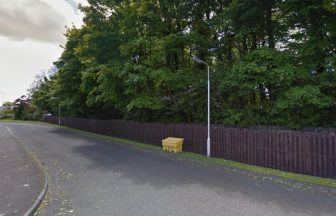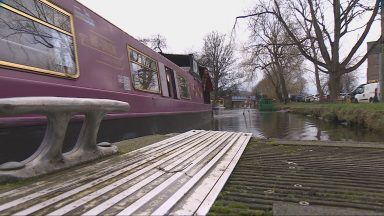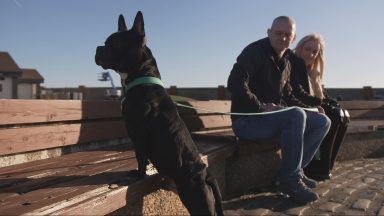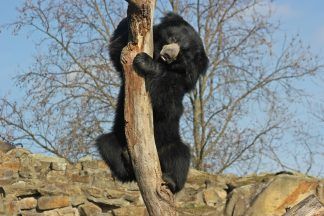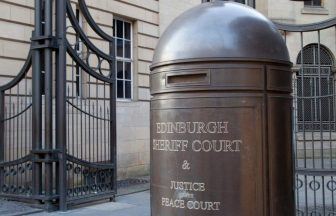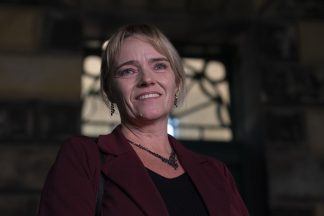A 200-year-old palm tree cut down at Edinburgh’s Royal Botanic Garden has been branded a “botanical enigma” after DNA testing revealed it was misidentified for over two centuries.
The Sabal palm which once towered over the historic glass house at the capital attraction survived nine monarchs, two world wars, a 4,000-mile transatlantic trip and a move across the city before being felled last year.
But tropical plant experts were left stumped when the dissection process used to create saplings to be cultivated for future generations proved it was actually a different species – which had yet to be described to science when it arrived in Leith on a cargo ship in the early 1800s.
Rather than the previously assumed Sabal bermudana, it is now thought the tree was an example of Sabal mexicana, over 20 years before a German botanist officially named the species.
RBGE botanist Dr Axel Dalberg Poulsen said: “We have a clearer idea of the true identity of the flagship palm of the Royal Botanic Garden Edinburgh.
“It is not Sabal bermudana as the label said for a very long time but quite possibly Sabal mexicana.
“We also know the German botanist CFP von Martius only described Sabal mexicana as a species in 1838. Thus, until then, the palm at the Botanics was actually a new species.”
The 60ft tree was initially planted in the garden’s former site on Leith Walk after arriving in the capital via a stop off in Germany, but was moved to the current site in Inverleith 12 years later.
Multi-million pound renovation work on the category A-listed glass canopy and fears the plant could be reaching the end of its natural life meant it had to be removed alongside hundreds of other exotic species as part of the Edinburgh Biomes project.
Edinburgh Journal of Botany entries from the late-19th century explain how former RBGE head gardener James MacNab observed the palm, thought to be the oldest in Scotland, sit dormant in the earth for 40 years before sprouting a trunk and beginning to flower in the then-coal powered hot house.
Hundreds of offspring were recovered and cultivated for future generations to watch the progeny grow and develop over the next 200 years.
American botanist Scott Zona, an authority on the Sabal family, highlighted key differences in the biology of the two species when samples were sent off for analysis.
The labels on the new plants, which will be among the stars of the Biomes, will now read mexicana rather than their previous moniker.
However, full verification can only be achieved once the saplings mature – at which point DNA sequencing can take place.
Sadie Barber, RBGE’s research collections manager, added: “The palm we had for 200 years isn’t what we thought it was.
“We now know it is most likely Sabal mexicana although only with flowers or DNA sequencing will we know for sure.
“This doesn’t make the palm any less important in terms of its historic relationship with RBGE, but it does shift the focus away from Bermuda.”
Follow STV News on WhatsApp
Scan the QR code on your mobile device for all the latest news from around the country


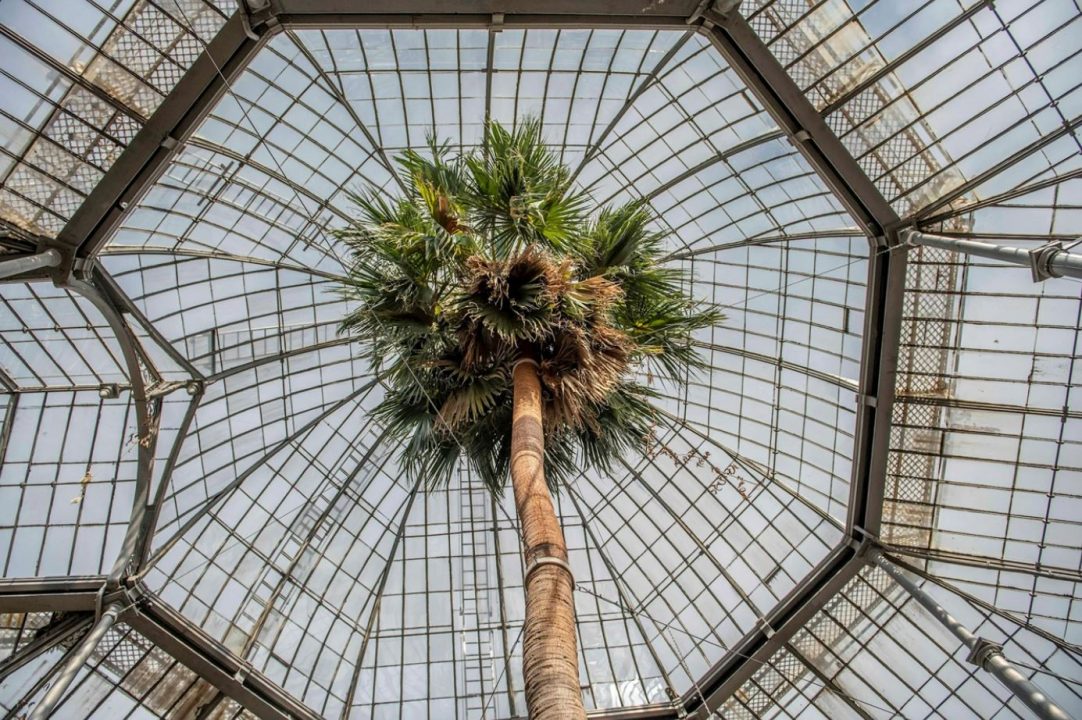 Royal Botanic Garden Edinburgh
Royal Botanic Garden Edinburgh










